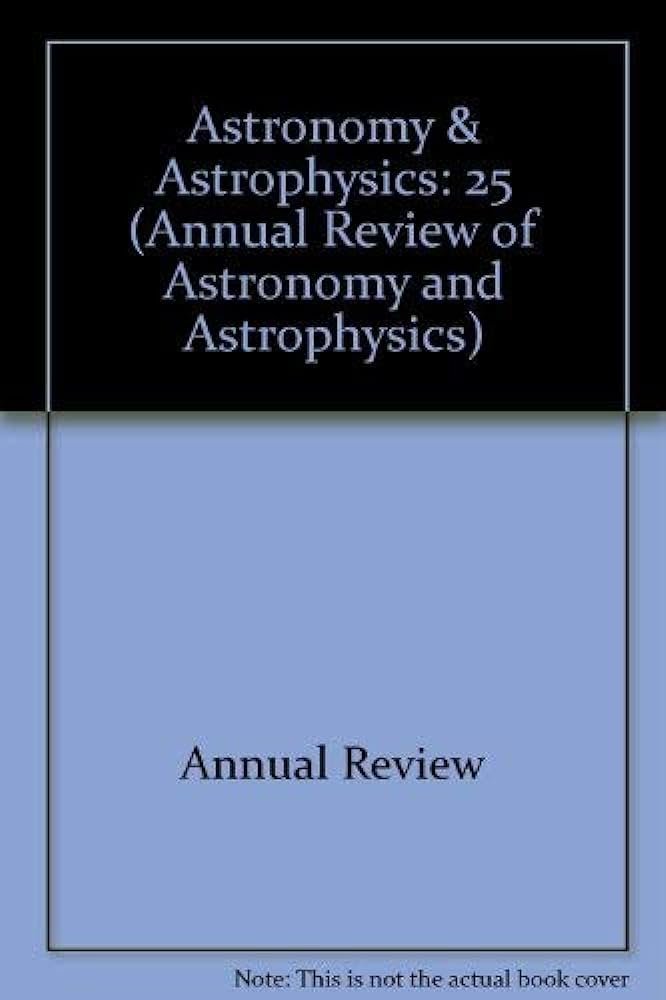中子星合并的首次多信使观测
IF 32.5
1区 物理与天体物理
Q1 ASTRONOMY & ASTROPHYSICS
Annual Review of Astronomy and Astrophysics
Pub Date : 2020-12-09
DOI:10.1146/annurev-astro-112420-030742
引用次数: 46
摘要
我们用引力波和光描述了对同一天体的首次观测。▪ GW170817是第一次探测到中子星与引力波合并。▪ 合并后1.7s对空间重合的弱伽马射线暴(GRB 170817A)的探测构成了对引力波源的首次电磁探测,并建立了至少一些宇宙短伽马射线暴与双星中子星合并之间的联系。▪ 与该事件相关的快速演化的光学和近红外瞬态(AT 2017gfo)可以解释为是由富含r-过程元素的~0.05M⊙物质喷出的结果,最终确定双星中子星合并为r-过程核合成的至少一个来源。▪ 无线电和X射线观测揭示了一个长期上升的来源,在合并后达到峰值~[公式:见正文]。结合相关的超长基线干涉测量源的视在超光速运动,这些观测结果表明,合并产生了一种相对论性结构喷流,其核心方向与视线≈20度,性质类似于SGRB。喷流结构可能是喷流和合并喷出物之间相互作用的结果。▪ 电磁波和引力波信息可以结合起来,对宇宙的膨胀率和致密核物质的状态方程产生约束。这些多方面的努力将是未来工作的重点。《天文学和天体物理学年度评论》第59卷预计最终在线出版日期为2021年9月。请参阅http://www.annualreviews.org/page/journal/pubdates用于修订估算。本文章由计算机程序翻译,如有差异,请以英文原文为准。
First Multimessenger Observations of a Neutron Star Merger
We describe the first observations of the same celestial object with gravitational waves and light. ▪ GW170817 was the first detection of a neutron star merger with gravitational waves. ▪ The detection of a spatially coincident weak burst of gamma-rays (GRB 170817A) 1.7 s after the merger constituted the first electromagnetic detection of a gravitational wave source and established a connection between at least some cosmic short gamma-ray bursts (SGRBs) and binary neutron star mergers. ▪ A fast-evolving optical and near-infrared transient (AT 2017gfo) associated with the event can be interpreted as resulting from the ejection of ∼0.05 M⊙ of material enriched in r-process elements, finally establishing binary neutron star mergers as at least one source of r-process nucleosynthesis. ▪ Radio and X-ray observations revealed a long-rising source that peaked ∼[Formula: see text] after the merger. Combined with the apparent superluminal motion of the associated very long baseline interferometry source, these observations show that the merger produced a relativistic structured jet whose core was oriented ≈20 deg from the line of sight and with properties similar to SGRBs. The jet structure likely results from interaction between the jet and the merger ejecta. ▪ The electromagnetic and gravitational wave information can be combined to produce constraints on the expansion rate of the Universe and the equation of state of dense nuclear matter. These multimessenger endeavors will be a major emphasis for future work. Expected final online publication date for the Annual Review of Astronomy and Astrophysics, Volume 59 is September 2021. Please see http://www.annualreviews.org/page/journal/pubdates for revised estimates.
求助全文
通过发布文献求助,成功后即可免费获取论文全文。
去求助
来源期刊

Annual Review of Astronomy and Astrophysics
地学天文-天文与天体物理
CiteScore
54.80
自引率
0.60%
发文量
14
期刊介绍:
The Annual Review of Astronomy and Astrophysics is covers significant developments in the field of astronomy and astrophysics including:The Sun,Solar system and extrasolar planets,Stars,Interstellar medium,Galaxy and galaxies,Active galactic nuclei,Cosmology,Instrumentation and techniques,
History of the development of new areas of research.
 求助内容:
求助内容: 应助结果提醒方式:
应助结果提醒方式:


